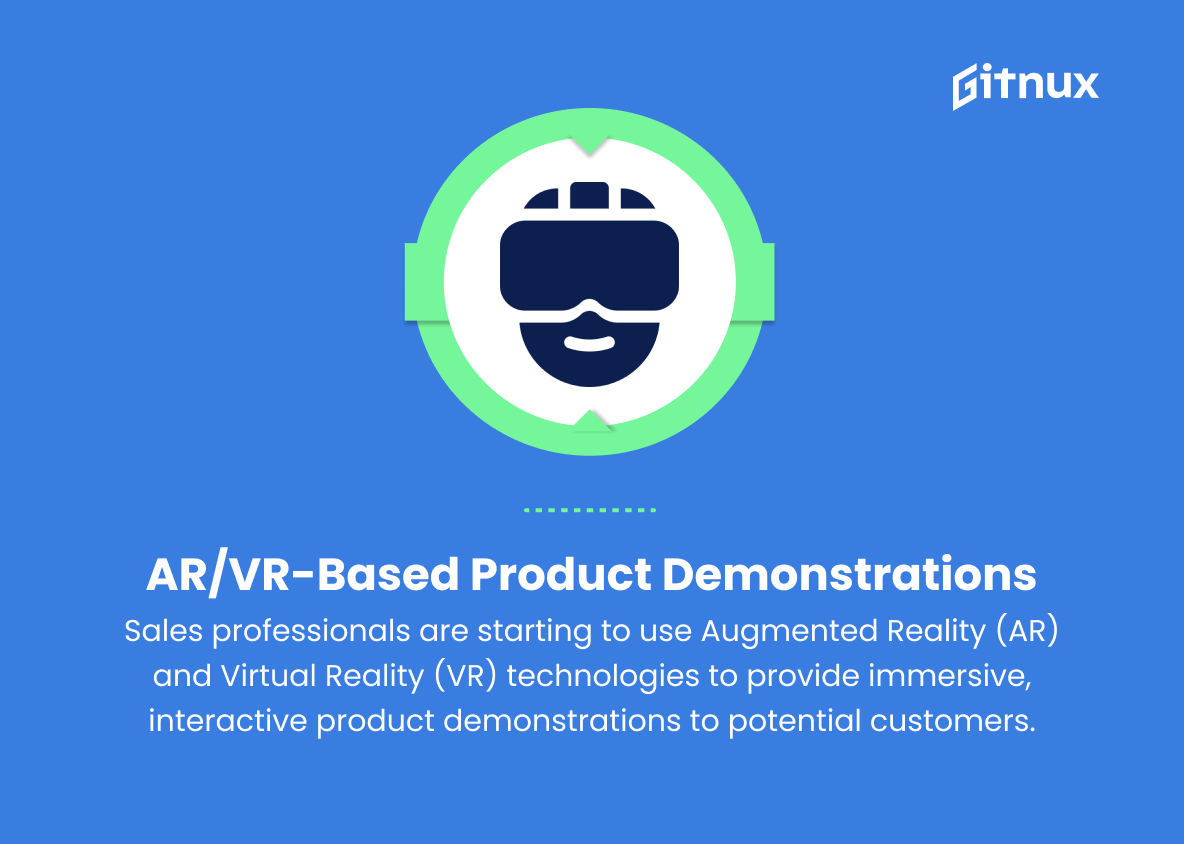In today’s fast-paced and ever-evolving business landscape, staying ahead of the curve is imperative for organizations aiming to thrive and maintain a competitive edge. As the driving force behind any business’s revenue generation engine, sales teams must be equipped with the latest tools, techniques, and technology to perform at their highest potential.
In this thought-provoking blog post, we will delve deep into the emerging sales technology trends that are transforming the way sales professionals approach their craft, enabling them to connect better with customers, streamline their processes, and ultimately, accelerate their win rates. By exploring these cutting-edge advancements, we aim to shed light on the future of sales and provide valuable insights for businesses looking to embrace these innovative solutions, empowering them to stay one step ahead in the game.
Top Sales Technology Trends
1. Artificial Intelligence (AI)
Sales teams are increasingly using AI-powered tools to enhance their productivity, predict customer needs, personalize outreach, and improve lead scoring. AI-driven chatbots and virtual assistants are also being implemented for efficient customer interactions.
2. Automation
Sales teams are leveraging automation technology to streamline various processes, such as lead generation, lead nurturing, data entry, and follow-ups, allowing them to focus on high-value tasks.
3. CRM enhancements
Customer Relationship Management (CRM) platforms are being continually upgraded to include new features, integrations, and analytics tools, providing broader and deeper insights into customer behavior, preferences, and sales performance.
4. Predictive Analytics
Advanced analytics tools are being used to analyze large datasets to uncover patterns, trends, and insights, helping sales teams understand customer behavior better, forecast sales more accurately, and identify potential opportunities.
5. Social Selling
Sales professionals are utilizing social media networks, such as LinkedIn, Twitter, and Facebook, for prospecting, relationship-building, and social listening to find new leads and engage with existing customers.
6. Mobile Sales Apps
Mobile apps designed for sales teams are making it easier to access information, collaborate, and manage various sales activities on the go, leading to increased productivity.
7. Video Conferencing and Virtual Meetings
With the rise of remote work, sales teams are increasingly incorporating video conferencing and virtual meeting tools into their workflows, allowing them to connect with prospects and clients from anywhere, at any time.
8. Integration of sales, marketing, and customer service
Companies are increasingly integrating their sales, marketing, and customer service platforms to create a more cohesive customer experience and streamline communication across departments.
9. AR/VR-based product demonstrations
Sales professionals are starting to use Augmented Reality (AR) and Virtual Reality (VR) technologies to provide immersive, interactive product demonstrations to potential customers, enhancing the buying experience.
10. Sales Enablement
Sales enablement platforms are being adopted by organizations to provide sales teams with the necessary tools, content, and resources to close deals more effectively and efficiently.
11. Gamification
Companies are using gamification techniques to engage, motivate, and train sales teams, using elements such as points, badges, and leaderboards to encourage healthy competition and drive desired behaviors.
12. Omnichannel Selling
As customers are using multiple channels to engage and interact with brands, sales teams need to adopt an omnichannel approach to sales, giving them more touchpoints and a seamless experience across multiple channels, including online, offline, and mobile.
13. Microlearning
To enhance the skills and proficiency of sales teams, organizations are implementing microlearning – short, focused modules that can be quickly and easily consumed, helping sales professionals stay up-to-date with the latest trends, techniques, and best practices.
14. Voice and Speech Recognition Technology
Sales teams are exploring voice and speech recognition technology for use in CRM platforms, virtual assistants, and other applications to streamline data entry, customer interaction, and sales activities.
15. Account-Based Selling
This targeted sales approach focuses on engaging and selling to specific accounts or industries, rather than broad customer segments, using hyper-personalization, strategic prospecting, and tailored messaging to close deals faster.
Implications
The implications of the mentioned sales technology trends will reshape the sales landscape, fostering greater efficiency, personalization, and customer experience. AI-powered tools and automation will enable sales teams to focus on high-level tasks, while CRM enhancements and predictive analytics help analyze customer behavior and preferences. Social selling and mobile sales apps will drive faster prospecting and relationship-building, while video conferencing and virtual meetings will cater to the growing remote work trend.
Integration of sales, marketing, and customer service, along with omnichannel selling, will facilitate seamless communication and a unified customer experience. AR/VR-based product demos and sales enablement platforms will empower sales teams to engage potential customers effectively. Gamification tactics and microlearning will motivate sales professionals, encouraging skill development and friendly competition. Voice and speech recognition technology will streamline interactions, and account-based selling will enable targeted sales approaches. Overall, these trends signify a future of increased productivity, engagement, and adaptability for sales professionals.
Conclusion
In the ever-evolving world of sales, it has become increasingly critical for businesses to stay ahead of the game by keeping abreast of the latest technology trends. The imperative to streamline processes, personalize customer interactions, and analyze vast amounts of data has given rise to a new era of sales technology.
As AI technology continues to develop, the scope for further automation and data-driven decision making will only expand, making it essential for businesses to invest in these tools to stay competitive. Embracing these trends and integrating them into our sales strategies will not only bring higher levels of efficiency but also pave the way for more meaningful and lasting connections with our customers.















